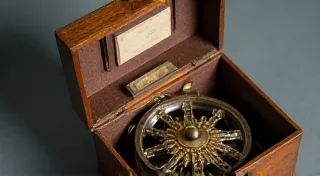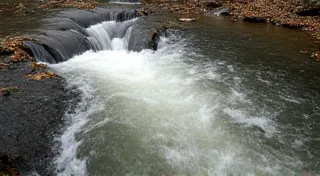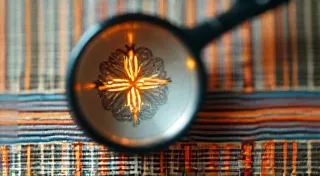The Cartographer's Compass: Finding Inspiration in Prototype Railroad History
The scent of aged paper, the feel of brittle maps unfolding – for many of us, the allure of the miniature railway hobby isn't solely about the trains themselves. It’s about recreating a sense of place, a connection to a specific era, a forgotten corner of the world. It's about crafting a landscape that whispers stories. And often, the most compelling stories are found not in fanciful invention, but in careful study of the railroads that once were, the lines that etched their way across the land.
My own journey into this realm began, oddly enough, with an accordion. Not a railway at all, but a beautifully preserved Hohner from the 1920s. My grandfather, a quiet man of meticulous habits, collected them. Each one was a testament to a bygone era – the intricate mechanics, the hand-painted bellows, the delicate feel of the keys. The restoration of that accordion – meticulously cleaning, researching original paint colors, understanding the function of each tiny part – sparked in me an appreciation for the tangible history embedded in crafted objects. It instilled a deep respect for the dedication and skill of the artisans who created them.
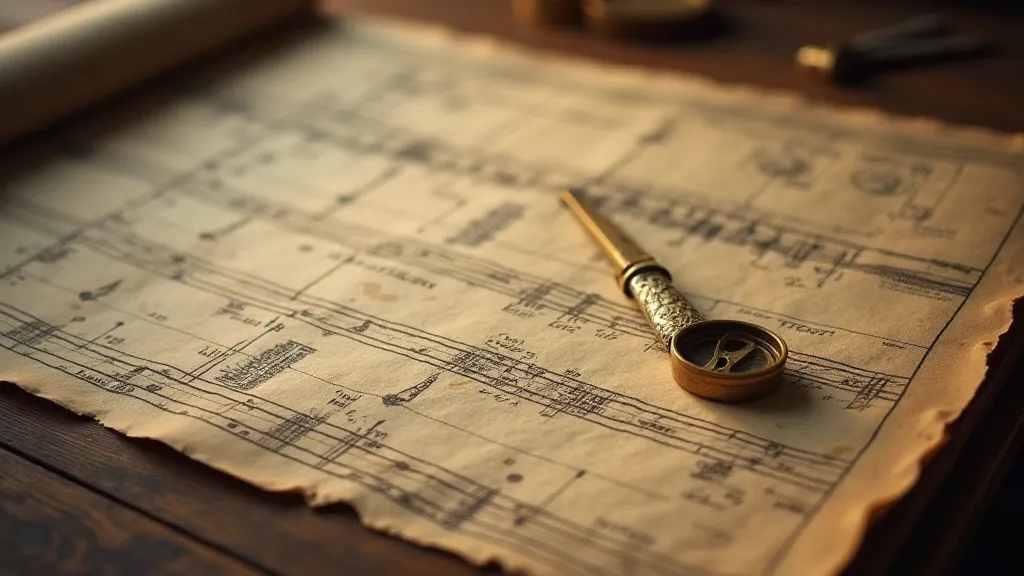
Beyond the Photos: Unearthing the Details
It's tempting, especially with readily available photographs, to simply replicate what you see. But a truly authentic miniature railway layout goes far beyond a superficial imitation. It delves into the ‘why’ behind the scenes – the logistical challenges, the economic pressures, the landscape itself that shaped the railway’s path and its appearance.
Consider a simple freight yard. Modern images might show generic boxcars and flatcars. But a deep dive into historical records—timetables, load manifests, company reports—reveals a far richer narrative. What goods were being shipped? What types of rolling stock were used? What industries thrived along the line, and how did their presence influence the yard's design and operations? Were there local quirks or idiosyncrasies that differentiated it from others? This level of detail elevates a static scene into a dynamic portrayal of a living, breathing system. To truly capture this dynamism and the flow of goods and people, consider how designing for dynamic operations and narrative can breathe life into your layout.
The Power of Timetables and Company Histories
Timetables are gold mines for the serious miniature railway enthusiast. They provide crucial information about train consist, routing, and stopping points – details that can profoundly influence track planning and scenery construction. Imagine recreating a small town known only for a single freight stop, meticulously modeling the depot and the surrounding industries revealed in the historical timetable. That’s a far more compelling narrative than simply placing a generic station on a blank canvas.
Company histories, often accessible through local historical societies or online archives, offer insights into the railway's origins, construction methods, and operational practices. They reveal the rationale behind station placements, bridge designs, and even the types of signal systems used. These records often include photographic archives—often taken by company photographers—which provide invaluable references for modeling details. Understanding the origins and evolution of an industrial landscape, for instance, is key to designing a convincing industrial layout.
N Scale Track Planning: Embracing Constraints
The constraints inherent in N scale modeling actually enhance the opportunity to truly embody the historical authenticity. Limited space compels us to be selective, to prioritize the most significant elements of the prototype. This forces a deeper understanding of what made a particular railroad section so important – the industries it served, the geography it traversed, the communities it connected.
For example, when planning an N scale layout based on the White Pass & Yukon Route, one might choose to focus not on the entire, sprawling system, but on a critical section of track near Skagway, capturing the unique challenges of the steep grades and the dramatic alpine scenery. Understanding the historical limitations—the relatively short trains, the specialized equipment—guides track planning decisions and informs the overall design.
HO Scale Engine Maintenance: Understanding the Craft
Modeling HO scale engines goes far beyond simply replicating the locomotive’s appearance. It requires an appreciation for the engineering principles that governed their operation and the maintenance procedures that kept them running. Researching the types of tools used in the maintenance shops, the specific lubricants employed, and even the layout of the shops themselves, adds layers of realism to the scene.
Consider the challenges of modeling a water tower or coaling facility. Studying the historical methods of water delivery and coal handling provides a framework for accurately depicting these essential facilities. Understanding the types of hoses, pumps, and conveyors used, adds a level of detail that elevates the entire scene.
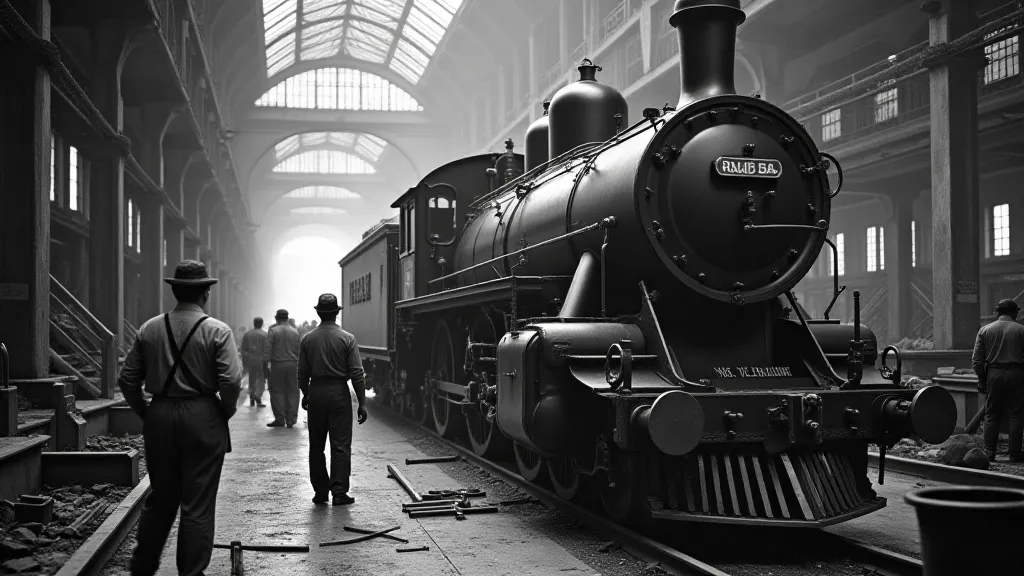
Miniature Train Weathering: A Story Etched in Rust
Weathering isn't just about applying grime and rust. It's about telling a story. The types of weathering patterns depend on the railroad's location and the nature of its operations. A locomotive operating in a coastal environment will exhibit different corrosion patterns than one working in a desert climate. Researching the local weather conditions and the prevalent industrial pollutants helps guide weathering techniques.
For instance, locomotives operating near coal mines would be covered in black coal dust, while those working in areas with acidic rainfall would exhibit a distinctive orange-brown rust. The subtle nuances of weathering—the way the paint chipped and faded, the patterns of corrosion—transform a pristine model into a tangible relic of a bygone era. Capturing this sense of history and wear is key to preserving authenticity in miniature railroading.
Railroad Diorama Techniques: Capturing the Light
Lighting plays a crucial role in conveying the atmosphere and authenticity of a miniature railway scene. Studying historical photographs reveals the typical lighting conditions of the era – the quality of the light, the intensity of the shadows, the way light reflected off surfaces. This informs the choice of lighting fixtures and their placement within the diorama.
For example, early photographs often show a softer, more diffused light than modern images, due to the limitations of photographic technology. Replicating this effect – using warm-toned lights and subtly shaded areas – enhances the sense of realism and creates a more evocative mood. Mastering these techniques and understanding the limitations of early photography will significantly enhance your mastering lighting techniques for a more believable layout.
Scratch Built Train Cars: Embracing the Artisan's Touch
Scratch building, the process of constructing rolling stock from raw materials, offers the ultimate opportunity to capture the unique characteristics of a prototype. It allows for meticulous replication of details that are often overlooked by commercial manufacturers. Researching the construction methods used by the original builders provides a framework for accurately replicating the design and functionality of the equipment. It’s a direct connection to the craftsmanship of the era.
Consider the challenge of building a wooden boxcar from the 1920s. Studying the construction techniques used by the car builders – the types of wood used, the methods of fastening, the design of the doors and vents – informs the building process and results in a highly authentic replica.
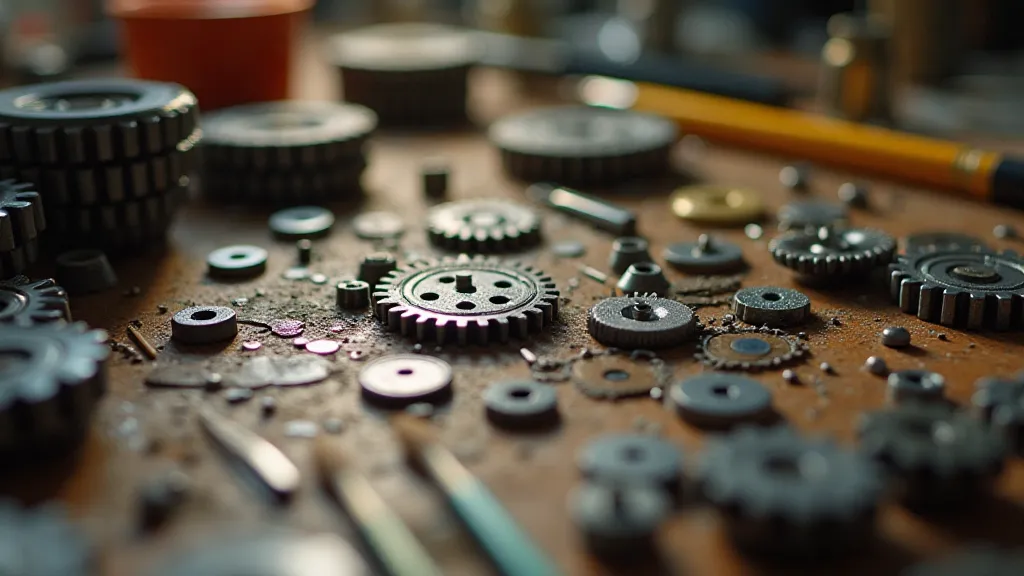
The miniature railway hobby is more than just a pastime; it’s a journey of discovery – a cartographic exploration of history, engineering, and artistry. By drawing inspiration from the prototype railroads that shaped our landscapes, we create not just miniature replicas, but living portraits of a bygone era – enduring testaments to the ingenuity and dedication of those who built and operated them. The deep dive required to recreate these scenes requires a dedication to historical accuracy, and a willingness to examine the flow of time and the narrative that unfolds across a prototype railway.
